NASA Reveals First Planet Discovered by James Webb Telescope and It's Strikingly Similar to Earth
Meet the exoplanet.
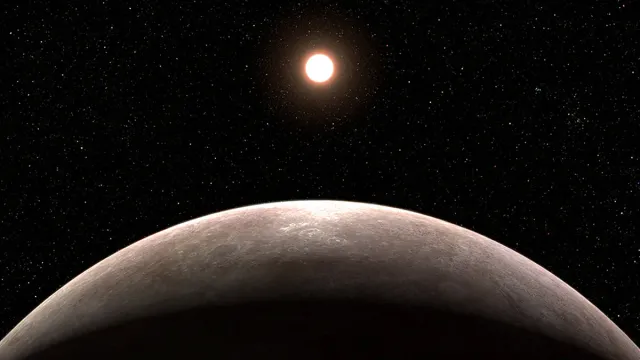
The recently launched James Webb Space Telescope—a high-resolution camera that has the ability to capture much more detail about space than ever before—has discovered its first planet, and experts say it has surprising similarities to Earth. That said, "exoplanet," named LHS 475 b, contains information that could change astronomers' understanding of the universe. (The Webb telescope, which launched on Christmas 2021, orbits the sun about one million miles from Earth. It was designed to capture images that were too faint or distant for its predecessor, the Hubble telescope.) Read on to find out more about the cosmic secrets LHS 475 b could unlock.
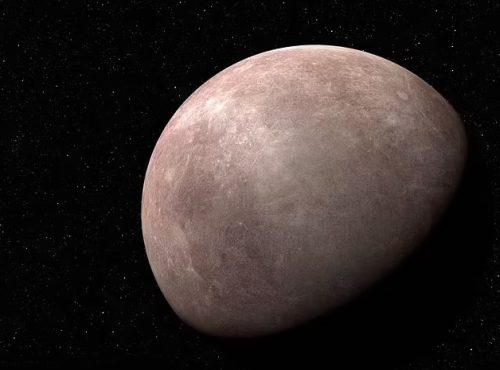
LHS 475 b is almost precisely the size of Earth. It sits 41 light years away in the constellation Octans and is known as an "exoplanet" because it is outside our solar system. This week, NASA released the latest picture taken by the telescope, which captured a star-forming region known as NGC 346. It's within a dwarf galaxy called the Small Magellanic Cloud, about 160,000 light years from the Milky Way—and it holds some important clues about life as we know it. (For context: Earth is about eight light minutes from the sun.)
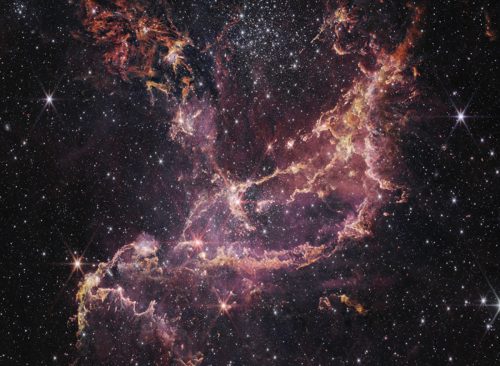
The image of NGC 346 shows young stars in the earliest years after they formed. Previous telescopes could only photograph celestial bodies five to eight times more massive than the sun. But the Webb telescope has been able to reveal stars as small as one-tenth of the sun. "This is the first time we can detect the full sequence of star formation of both low and high-mass stars in another galaxy," said Olivia Jones of the Science and Technology Facilities Council's Astronomy Technology Center.
"This means we have far more data to study at high resolution, offering us new information on how the birth of stars shapes their environment and even greater insight into the star formation process." This will allow researchers to see if planets with different compositions than Earth—namely, a lower metal content—formed in a similar way or differently. It could also allow scientists to obtain other important information that could change conventional wisdom.
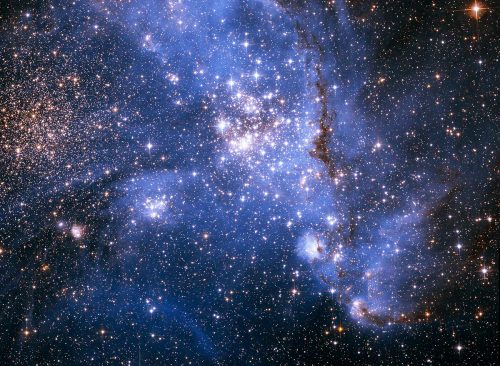
Researchers believe the first stars formed during "cosmic noon," a period about 2 to 3 billion years after the Big Bang. That era would have produced many star-forming regions like NGC 346. Scientists had previously known NGC 346 was a star-making machine, but the Webb telescope is enabling them to see it in more detail.
"Even if NGC 346 is now the one and only massive cluster furiously forming stars in its galaxy, it offers us a great opportunity to probe conditions that were in place at cosmic noon," said Margaret Meixner, an astronomer at the Universities Space Research Association.
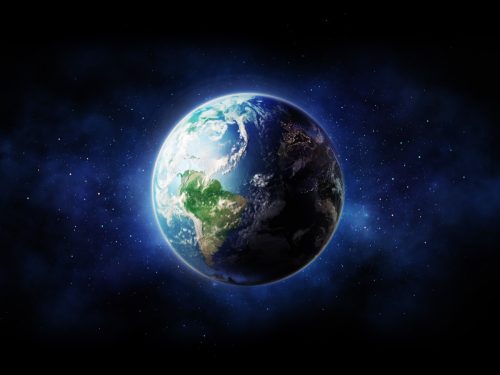
A key feature that has astronomers fascinated: Dusty ribbons surrounding the young stars. Astronomers had not previously been able to detect these clouds of dust and gas, which form discs around the stars. These structures could provide clues about the origin of the planets, including their age. "We're seeing the building blocks not only of stars but also potentially of planets," said Guido De Marchi of the European Space Agency and NASA's research team.
"And since the Small Magellanic Cloud has a similar environment to galaxies during cosmic noon, it's possible that rocky planets could have formed earlier in the universe than we might have thought."

This discovery is the latest of several to come from the Webb telescope. In November, NASA announced it had discovered two new galaxies. One is estimated to have formed 350 million years after the Big Bang, making it the most distant galaxy ever discovered. "The universe is 13.8 billion years old. We're looking back through 98 percent of all time to see a galaxy like this," Garth Illingworth, an astronomer from the University of California at Santa Cruz who helped conceive of the idea for the Webb telescope in the 1980s, told the Washington Post.














